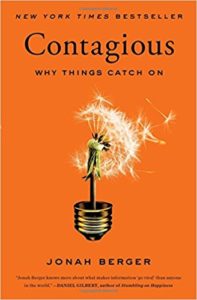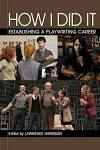Saying What They Said in Blogging for Business

“Quoting other people is a staple of many types of writing. Journalists use quotes in their stories, magazine writers interview experts to support their piece, and academics quote research papers. As a blogger, you too can borrow the wisdom of others to inspire and support your writing,” advises Ali Luke of dailyblogtips.com.
There are plenty of different ways to incorporate a quote into your post, and you don’t need to use the same method each time, Luke adds, naming some popular tactics:
- at the start of your post
- as the basis for your post
- to support a point you’re making
As I’m fond of saying in corporate blogging training sessions, quoting others in a marketing blog can be good or bad.
On the positive side, when you link to someone else’s remarks on a subject you’re covering, that can:
- Reinforce your point
- Show you’re in touch with trends in your field
- Add value for readers (by aggregating different sources of information in one business blog)
On the other hand, as is true of all tools and tactics, “re-gifting” content needs to be handled with some restraint and using proper protocol (attributing content to its source).
Professional speaking coach Andrew Dlugan agrees that there are good points to using quotes in your material. “A quotation is more powerful than simply repeating yourself in different words”, he says. Dlugan offers a caution I want to emphasize to business bloggers: Avoid closing your speech with a quote. “Your final words should be your own.”
Curating others’ work – bloggers, authors, speakers – is a wonderful technique for adding variety and reinforcement to your own content. Remember, though, you’re trying to make your own cash register ring. It’s your voice that has to be strong throughout the post, so readers will click through to your website or shopping cart.
Used with discretion, saying what they said can be good in blogging for business!


 “Why do some products, ideas, and behaviors succeed when others fail?”
“Why do some products, ideas, and behaviors succeed when others fail?” 

Follow us online!